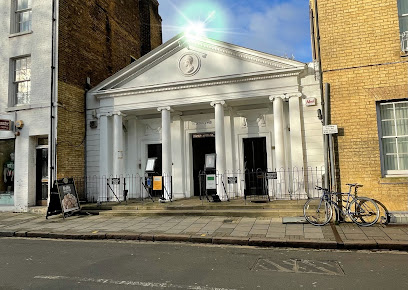
The Iconic Mathematical Bridge: A Marvel of Engineering
Discover the Mathematical Bridge, a stunning architectural gem in Cambridge, where engineering meets history in a picturesque setting.
The Mathematical Bridge, located at Queens' College in Cambridge, is a stunning example of 18th-century engineering. This iconic wooden bridge, famed for its unique design and historical significance, draws tourists from around the globe. A leisurely stroll across the bridge offers breathtaking views of the college and the scenic River Cam, making it a must-visit attraction for anyone exploring this historic city.
A brief summary to Mathematical Bridge
- Queens' College, Silver St, Cambridge, CB3 9ET, GB
- +441223335511
- Visit website
Local tips
- Visit early in the morning or late afternoon for fewer crowds and better lighting for photographs.
- Take a walk along the River Cam before or after your visit to enjoy the scenic views.
- Check for any special events or open days at Queens' College that may allow you to explore the college grounds.
- Bring a picnic to enjoy in the nearby green spaces while soaking in the historical atmosphere.
Getting There
-
Walking
From the center of Romsey, head northwest on Mill Road (A603). Continue walking until you reach the junction with Silver Street. Turn left onto Silver Street. Walk straight for about 15 minutes, and you will see Queens' College on your right. The Mathematical Bridge is located within the college grounds, just a short walk from the entrance.
-
Bicycle
If you have access to a bicycle, you can ride from Romsey to the Mathematical Bridge. Start by heading northwest on Mill Road (A603). Continue straight until you reach the junction with Silver Street, then turn left. Follow Silver Street for about 15 minutes until you arrive at Queens' College. There are bike racks available at the entrance for you to secure your bike.
-
Public Transport (Bus)
From Romsey, you can take a bus to reach the Mathematical Bridge. Catch the bus from Mill Road (look for bus stops near the main roads). Take any bus that heads towards the city center and get off at the stop near Silver Street. From there, it's a 5-minute walk to Queens' College. Make sure to check the bus schedule for times and fares, which typically cost around £2-£3.
Discover more about Mathematical Bridge
Iconic landmarks you can’t miss
Granta Moorings
0.3 km
Experience the beauty of Cambridge from the water with Granta Moorings, your go-to destination for punting adventures and historical insights.
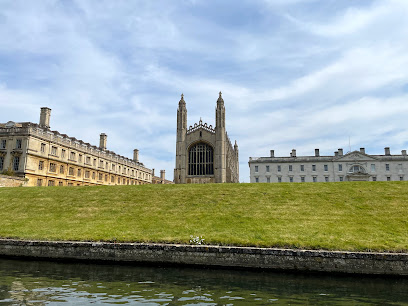
Sheep's Green
0.3 km
Discover the tranquility of Sheep's Green, Cambridge's hidden gem for nature lovers and those seeking peaceful outdoor experiences.
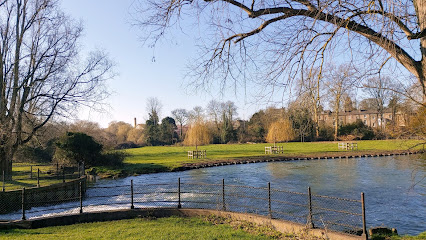
The Old Schools
0.4 km
Explore the historic Old Schools in Cambridge, where academic tradition meets stunning Gothic architecture in a vibrant cultural setting.
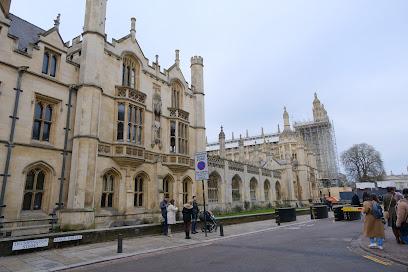
Remember Cambridge
0.4 km
Explore the historic city of Cambridge with Remember Cambridge's guided walking tours, uncovering hidden gems and iconic sights in this charming university town.
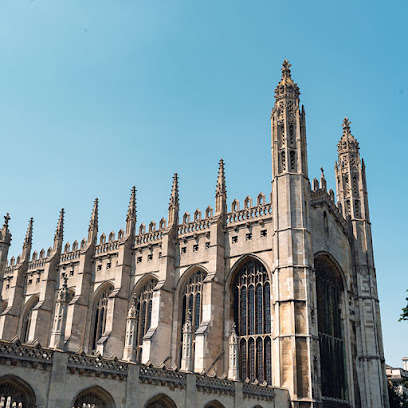
Senate House Hill
0.4 km
Explore the breathtaking views and rich history of Senate House Hill in Cambridge, where every corner reveals the beauty of this iconic city.

Map of Cambridge
0.4 km
Explore the artistic heart of Cambridge with a visit to the iconic sculpture at St Mary's Passage, a perfect blend of history and creativity.
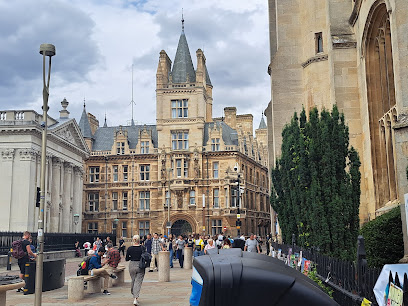
Newnham House
0.4 km
Explore Newnham House: A Prestigious Landmark of Cambridge University's Academic Legacy.
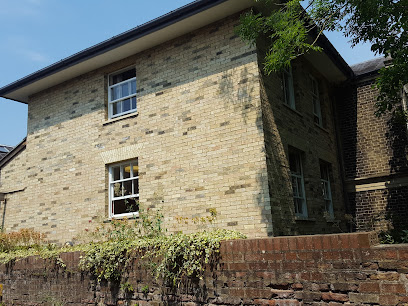
Cambridge Market Square
0.4 km
Explore Cambridge Market Square: a vibrant hub of culture, delicious food, and unique shopping experiences in the heart of this historic city.
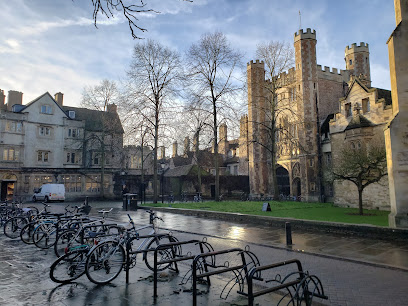
Sedgwick Museum of Earth Sciences
0.5 km
Explore the Sedgwick Museum of Earth Sciences in Cambridge – a fascinating journey through the planet's geological and biological history.

Grand Arcade
0.5 km
Explore Grand Arcade, a vibrant shopping center in Cambridge, featuring top brands, delightful restaurants, and a unique architectural design.
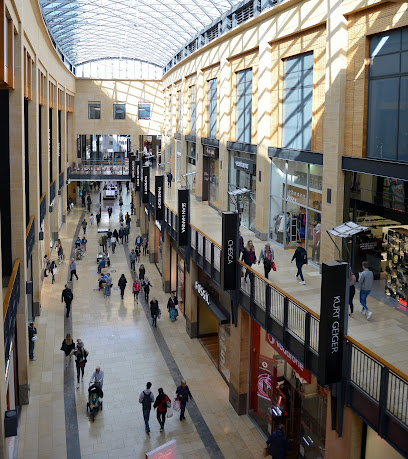
Cambridge Food Tour
0.5 km
Explore Cambridge's culinary scene on a guided food tour, savoring local flavors and discovering hidden gems in this historic city.

Rose Quarter Cambridge
0.5 km
Explore the Rose Quarter in Cambridge, a charming tourist destination filled with history, delightful cafes, and vibrant local culture.
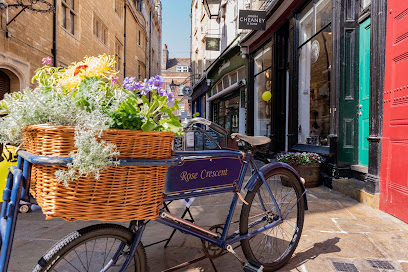
10 Downing Street
0.5 km
Explore the historical charm of 10 Downing Street in Cambridge, a symbol of British politics and architectural beauty, perfect for history enthusiasts.
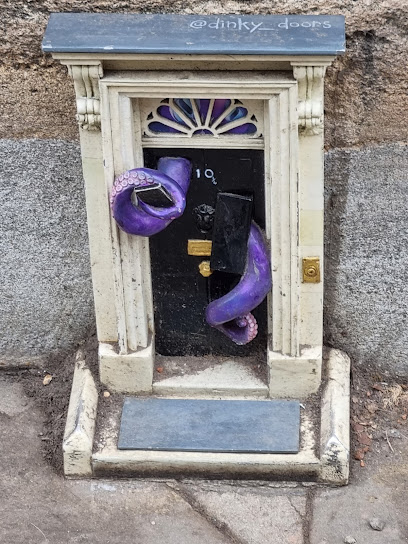
Arts Picturehouse
0.6 km
Discover a unique cinematic experience at Arts Picturehouse, Cambridge's historic cinema showcasing independent films and classic favorites.
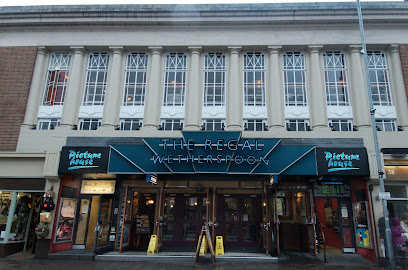
The Rush
0.6 km
Explore The Rush, a tranquil nature reserve in Cambridge, where lush landscapes and vibrant wildlife create an idyllic escape from city life.
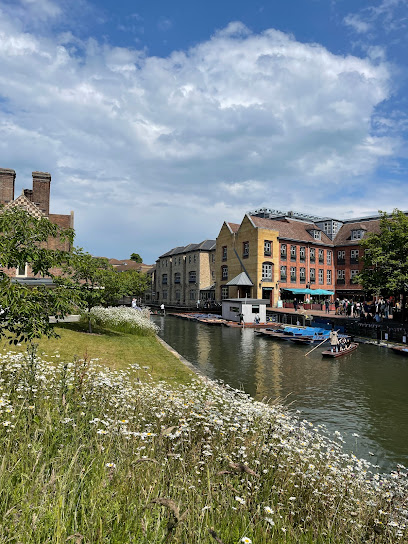
Unmissable attractions to see
Silver Street Bridge
0.0 km
Experience the beauty of Cambridge at the Silver Street Bridge, a stunning architectural gem linking history and nature along the River Cam.
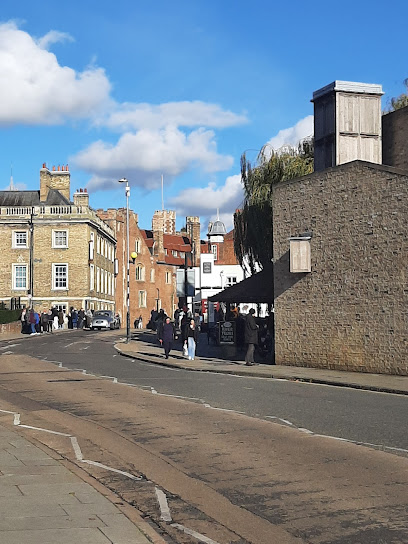
Queens' College
0.1 km
Explore the historic Queens' College in Cambridge, a stunning blend of architecture, gardens, and academic legacy in the heart of England.
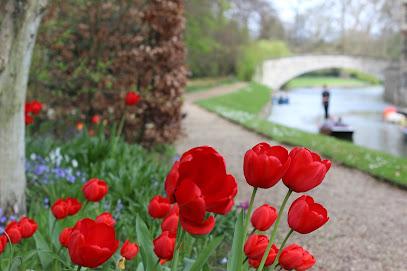
Scudamore's Mill Lane Punting Station
0.1 km
Experience the beauty of Cambridge from the serene waters of the River Cam with Scudamore's Mill Lane Punting Station.
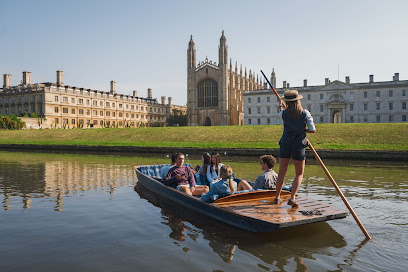
St Catharine's College
0.2 km
Explore the rich history and vibrant academic life at St Catharine's College, a gem nestled in the heart of Cambridge.
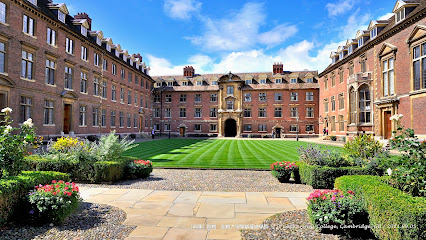
St Botolph's Church
0.2 km
Discover the serene beauty and rich history of St Botolph's Church, a hidden gem in the heart of Cambridge, reflecting centuries of English heritage.
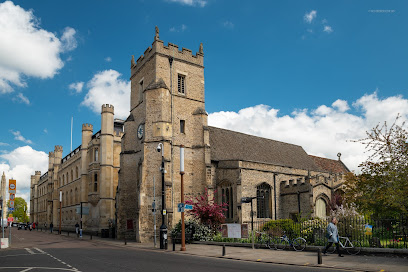
Corpus Christi College
0.2 km
Explore the historic Corpus Christi College in Cambridge, a haven of academic excellence and architectural beauty.
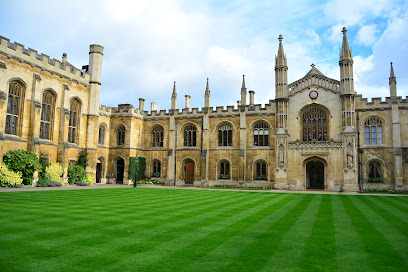
Pembroke College
0.2 km
Discover the historic Pembroke College in Cambridge, where academic excellence meets stunning architecture and lush gardens.
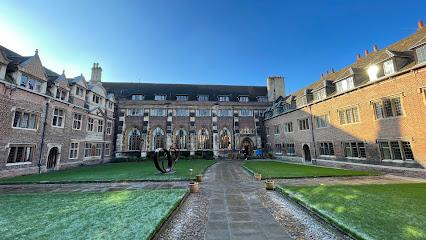
Little St Mary's Church
0.2 km
Discover the serene beauty and rich history of Little St Mary's Church, a stunning Anglican church nestled in the heart of Cambridge, England.
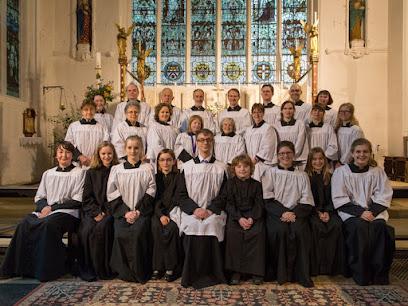
The Corpus Clock
0.2 km
Discover the Corpus Clock in Cambridge, a captivating fusion of art and science that challenges your perception of time.
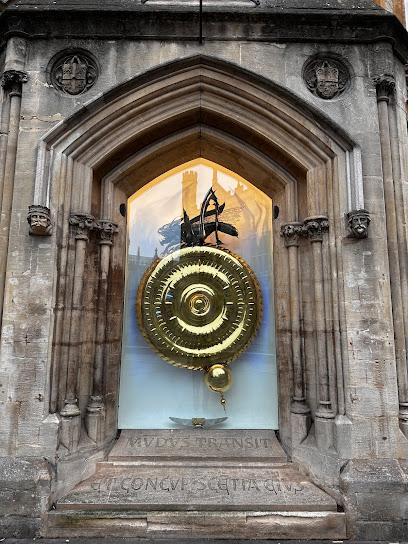
The Backs
0.3 km
Explore The Backs, Cambridge: A Beautiful Park with Stunning Views of Historic Colleges and the Tranquil River Cam.

St Bene’t’s Church
0.3 km
Discover the historic charm of St Bene't's Church in Cambridge - a serene sanctuary filled with rich history and stunning architecture.
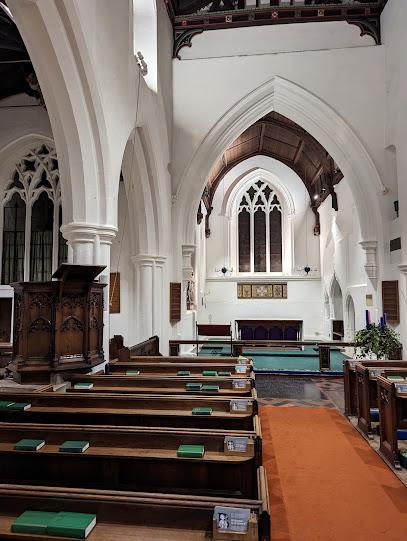
King's College, Cambridge
0.3 km
Discover the architectural beauty and rich history of King's College, Cambridge, a symbol of academic excellence and cultural heritage.

King's College Chapel
0.3 km
Explore the stunning Gothic architecture and rich history of King's College Chapel, an iconic landmark in the heart of Cambridge.
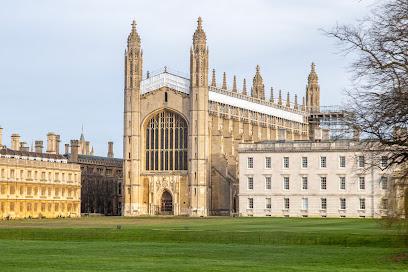
Cambridge Alumni Tours
0.3 km
Uncover the rich history and architectural beauty of Cambridge with informative guided alumni tours through this iconic university city.
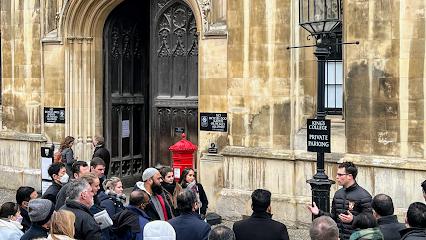
Clare College
0.3 km
Discover the historic Clare College in Cambridge, a stunning blend of Gothic architecture, beautiful gardens, and rich academic tradition.
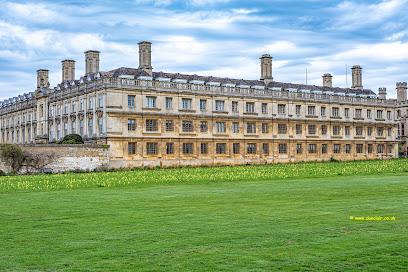
Essential places to dine
Garden House
0.2 km
Discover Garden House in Cambridge – where exquisite dining meets local charm amidst stunning riverside views.
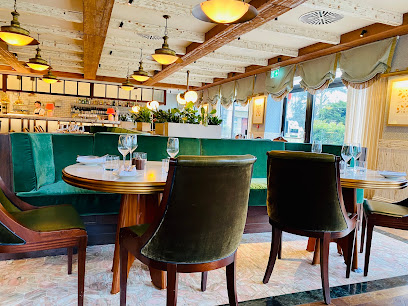
Garden House - Restaurant & Bar Cambridge
0.2 km
Discover culinary excellence at Garden House Restaurant & Bar in Cambridge – where fresh ingredients meet stunning views.
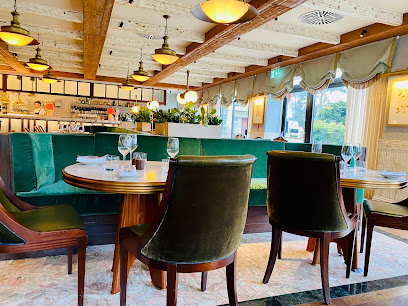
The Cambridge Chop House
0.3 km
Discover The Cambridge Chop House: A steak lover's paradise serving British classics in an inviting atmosphere.
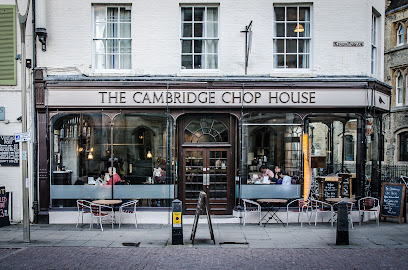
Granta
0.3 km
Discover Granta in Cambridge: A riverside pub offering delicious British cuisine and stunning views perfect for every traveler.
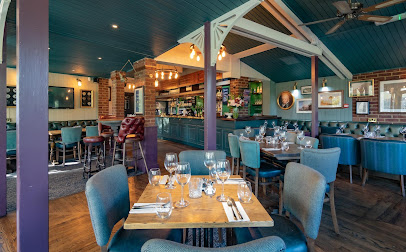
Smokeworks
0.3 km
Experience the rich flavors of barbecue at Smokeworks in Cambridge - where every bite is a celebration of taste.
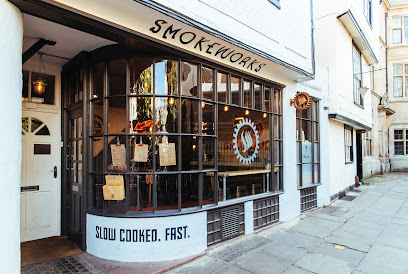
Bread & Meat
0.3 km
Discover the delightful flavors of gourmet sandwiches at Bread & Meat, a beloved eatery in the heart of Cambridge.
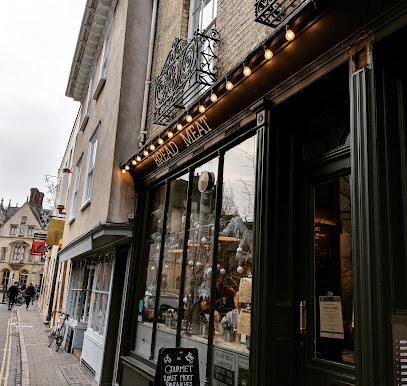
Aromi Caffe and Pizzeria
0.3 km
Experience authentic Italian flavors at Aromi Caffe and Pizzeria in Cambridge—your go-to spot for delicious pizza and delectable pastries.
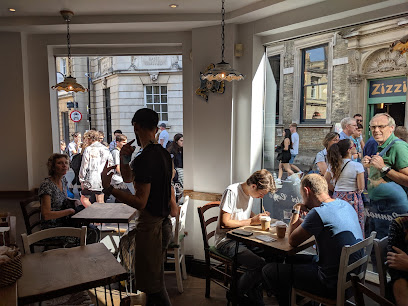
Aromi
0.3 km
Experience authentic Italian cuisine at Aromi in Cambridge, where delicious pizzas and fresh pastries await you.
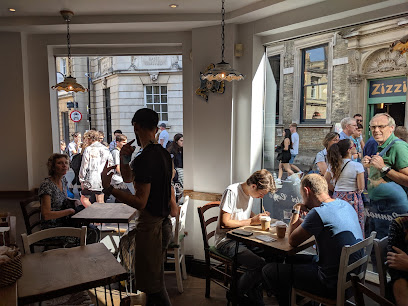
MillWorks
0.4 km
Discover the perfect blend of tradition and modernity at MillWorks in Cambridge – your go-to destination for breakfast, brunch, and dinner.
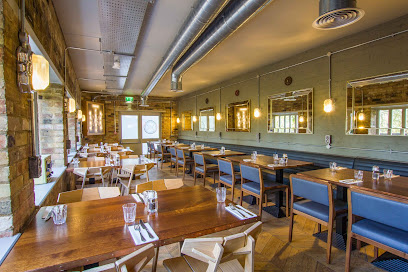
Sala Thong
0.4 km
Experience authentic Thai cuisine at Sala Thong in Cambridge—where vibrant flavors meet cozy ambiance for an unforgettable dining experience.

Pint Shop
0.4 km
Experience modern British cuisine and vibrant nightlife at Pint Shop, one of Cambridge's finest gastropubs.
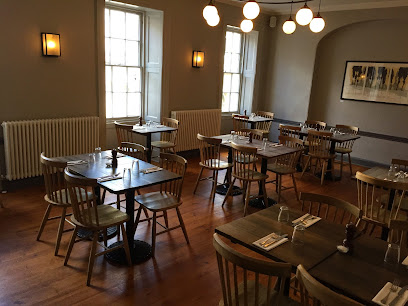
Rice Boat Cambridge
0.4 km
Discover authentic Kerala cuisine at Rice Boat Cambridge - where every dish tells a story.

Sticks'n'Sushi - Cambridge
0.4 km
Discover exquisite sushi and Japanese cuisine at Sticks'n'Sushi Cambridge - a culinary gem blending tradition with modern flair.

Honest Burgers Cambridge
0.4 km
Discover gourmet burgers made from local ingredients at Honest Burgers Cambridge – where flavor meets sustainability in every bite.
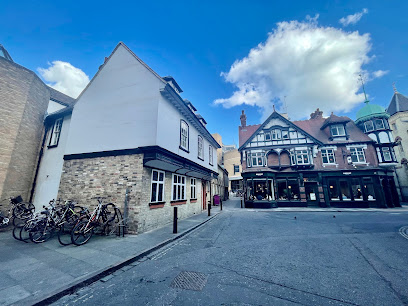
Market House
0.5 km
Experience authentic British cuisine at Market House in Cambridge - where local ingredients meet culinary excellence.
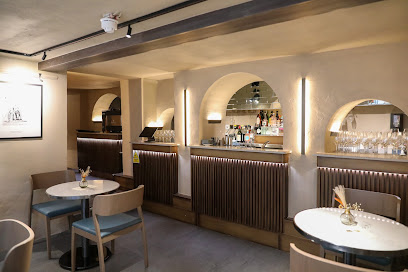
Markets, malls and hidden boutiques
Greaterskies
0.1 km
Discover the charm of Cambridge with unique gifts at Greaterskies, a delightful gift shop filled with local artisan treasures.
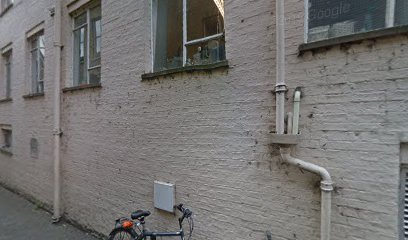
Samuel Smiley
0.2 km
Explore Samuel Smiley in Cambridge for unique gifts and handcrafted treasures that celebrate local artistry and charm.
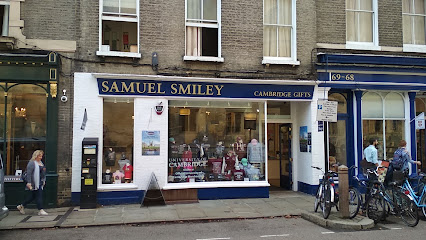
Nomads
0.3 km
Explore Nomads, the heart of Cambridge's artisanal gift shopping, featuring unique jewelry, textiles, and local craftsmanship.
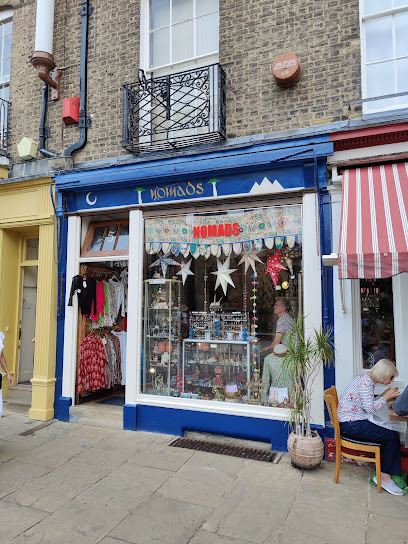
Indelibly Cambridge
0.3 km
Explore the essence of Cambridge at Indelibly Cambridge, the ultimate souvenir shop for unique gifts and local artisan treasures.

Podarok
0.3 km
Discover unique gifts, stylish handbags, and charming homewares at Podarok, the heart of Cambridge's gift shopping experience.
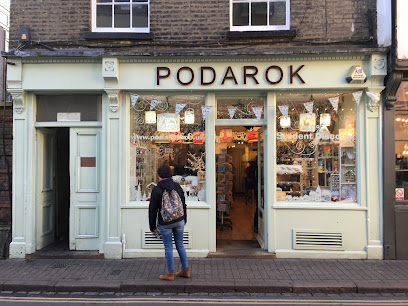
King's College Visitor Centre
0.3 km
Explore unique gifts and rich heritage at King's College Visitor Centre, a charming destination in the heart of Cambridge.
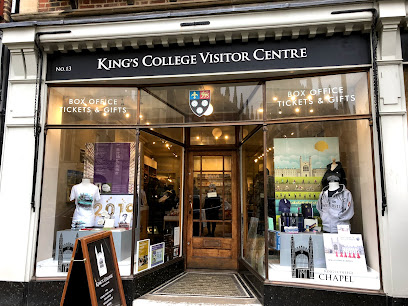
University of Cambridge Museums Shop
0.3 km
Explore the University of Cambridge Museums Shop for unique gifts and souvenirs celebrating the rich heritage of one of the world's most prestigious universities.

Parade
0.4 km
Explore the charming Parade Gift Shop in Cambridge for unique souvenirs and local crafts that beautifully capture the essence of your travels.
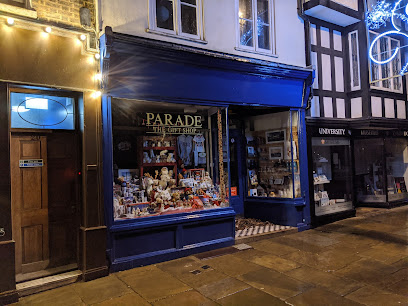
Ark
0.4 km
Discover unique gifts and local treasures at Ark, a charming shop in the heart of Cambridge, perfect for souvenirs and special keepsakes.

Iris and Violet Cambridge
0.4 km
Discover Iris and Violet in Cambridge: a boutique ladies' clothing shop offering unique styles and a charming shopping experience.
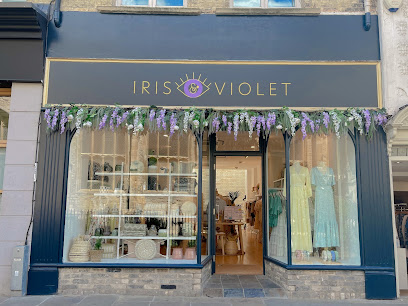
Souvenirs And Gifts
0.4 km
Explore unique homewares and handcrafted souvenirs at Souvenirs and Gifts in the heart of Cambridge, capturing the essence of local culture.

Giles & Co
0.4 km
Explore Giles & Co in Cambridge for unique gifts, souvenirs, and local crafts that showcase the charm of this historic city.
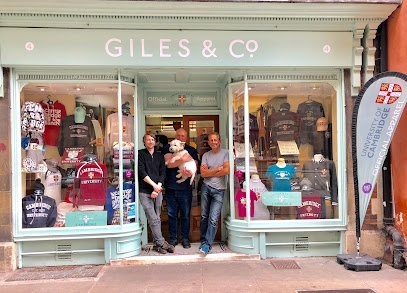
Oliver Bonas
0.4 km
Explore Oliver Bonas in Cambridge for unique gifts, fashionable accessories, and home decor that reflect the city's charm.
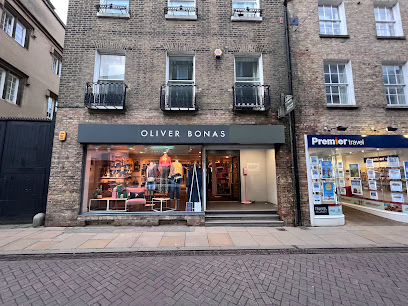
House of Wizard
0.5 km
Explore the House of Wizard in Cambridge for enchanting gifts and magical keepsakes that celebrate the art of wizardry and the charm of local craftsmanship.
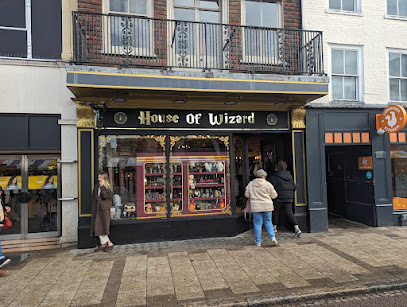
Sugarmark!
0.5 km
Explore Sugarmark, Cambridge's charming gift shop offering unique souvenirs and local delights, perfect for every traveler looking to take a piece of the city home.
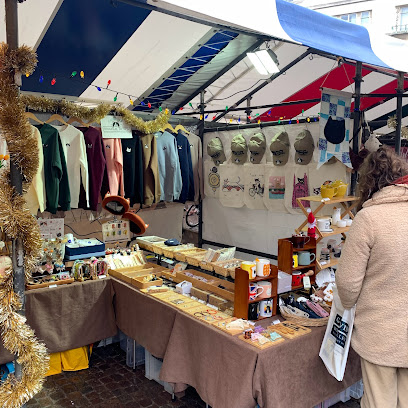
Essential bars & hidden hideouts
The Anchor
0.1 km
Discover the charm of The Anchor, a historic pub in Cambridge, blending local culture with delicious food and stunning riverside views.
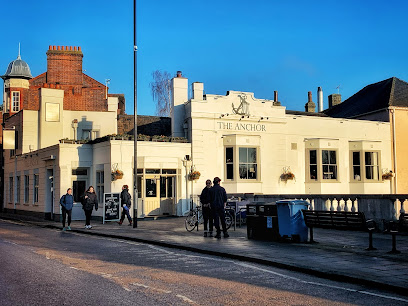
The Mill
0.1 km
Experience the warmth of The Mill pub in Cambridge, where delightful food, scenic views, and a vibrant atmosphere await every visitor.

Eagle
0.3 km
Explore The Eagle Pub in Cambridge, a historic gem known for its role in DNA discovery and vibrant atmosphere, perfect for food lovers and history buffs.

Bath House
0.3 km
Experience the perfect blend of tradition and modernity at Bath House, a charming pub and restaurant in the heart of Cambridge.

BrewDog Cambridge
0.3 km
Discover BrewDog Cambridge, a craft beer paradise with a vibrant atmosphere, diverse brews, and delicious food in the heart of the city.

The Iris Bar
0.5 km
Experience the charm of The Iris Bar in Cambridge, a perfect spot for relaxation amidst the beauty of Newnham College with delightful drinks and cozy ambiance.
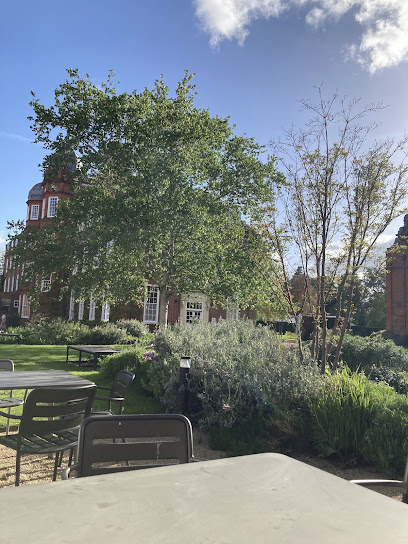
Bar -OH
0.5 km
Discover Bar -OH, Cambridge's premier cocktail bar with live music, where every night is a celebration of taste and talent.

Revolution Cambridge
0.5 km
Discover Revolution Cambridge, a vibrant bar and restaurant offering delicious food and a lively atmosphere in the heart of the city.
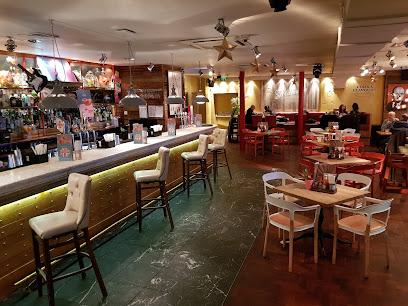
2648 Cambridge
0.5 km
Discover the vibrant cocktail bar scene at 2648 Cambridge, where expertly crafted drinks meet a lively atmosphere in the heart of the historic city.
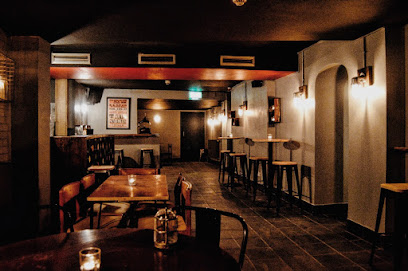
Ta Bouche
0.6 km
Discover the lively cocktail scene at Ta Bouche, a must-visit bar in Cambridge for innovative drinks and a vibrant atmosphere.

Town and Gown
0.6 km
Discover the authentic charm of Cambridge at Town and Gown, where local flavors meet a vibrant pub atmosphere.

The Cambridge Tap
0.6 km
Discover the vibrant atmosphere of The Cambridge Tap, a lively bar offering a diverse drink selection in the heart of historic Cambridge.

The Castle Bar
0.6 km
Discover the charm of The Castle Bar in Cambridge, a historic pub offering a vibrant atmosphere, diverse drinks, and local culture.

Novi Kitchen + Bar
0.7 km
Experience the vibrant atmosphere and modern British cuisine at Novi Kitchen + Bar, a trendy destination in the heart of Cambridge.

Hidden Rooms
0.7 km
Experience Cambridge's vibrant nightlife at Hidden Rooms—a cocktail bar with live music that elevates your evening out.
